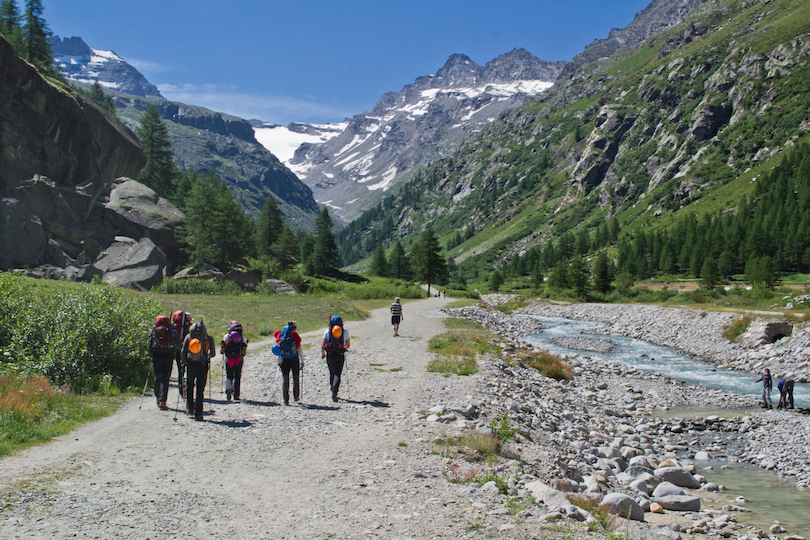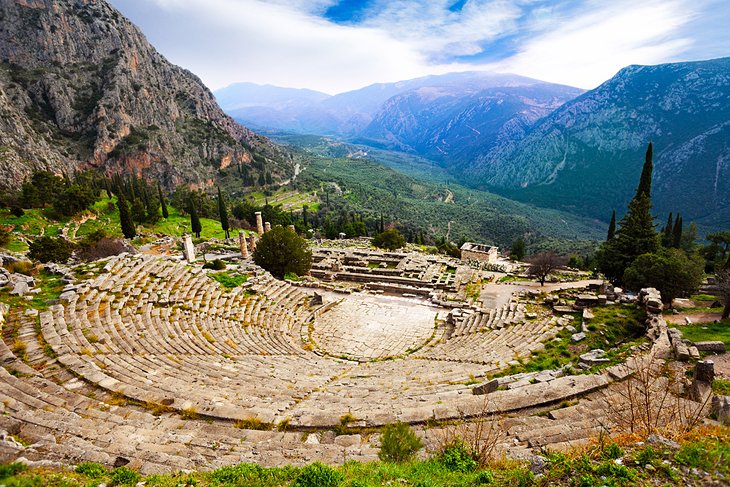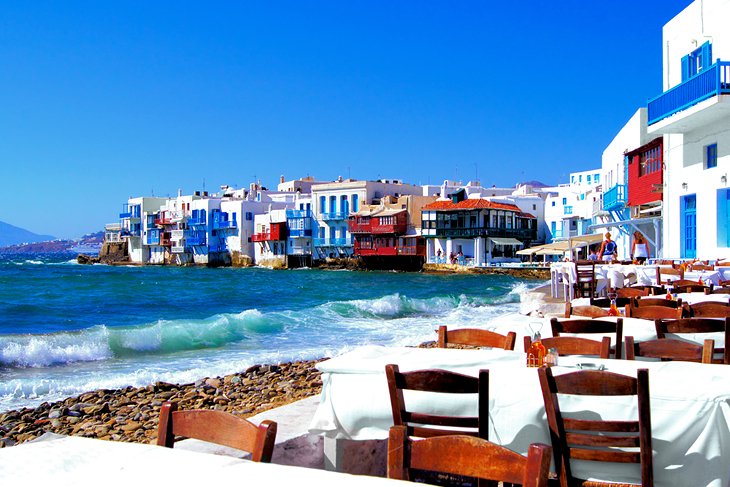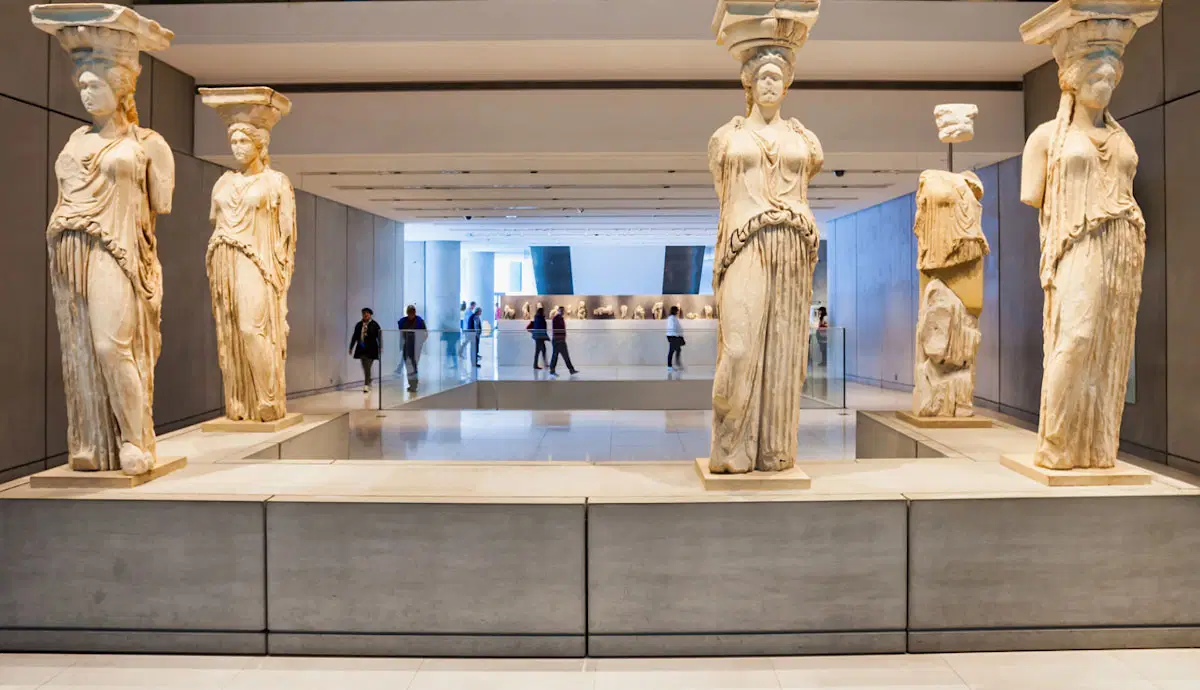Gran Paradiso National Park

Nestled between the Piedmont and Aosta Valley regions in the Graian Alps is the Italian national park known as Gran Paradiso. The park, which shares a border with the French Vanoise National Park, is named after the Gran Paradiso peak, which is situated within it. Though it now also protects other species, the park's original purpose was to keep poachers away from the Alpine ibex, which King Victor Emmanuel II used as a personal hunting area.In the summer, Alpine ibex graze in the bountiful alpine pastures; in the winter, they move down to lower altitudes. The ibex is protected all year round thanks to Gran Paradiso's partnership with Vanoise National Park.In addition to ibex, the park is home to ermine, weasels, hares, alpine chamois, Eurasian badgers, wolves (who were just brought in from Central Italy), and maybe lynx.The majority of the year is spent above the tree line by chamois and ibex. In the winter and spring, they move down to the valleys. The plants along the snow line provide the food source for alpine marmots.The state created the Gran Paradiso National Park as a protected area to protect the valley ecosystems surrounding the Gran Paradiso mountain for current and future generations. These ecosystems are of national and worldwide significance.
Therefore, managing and protecting the protected area, preserving the biodiversity of this region and its landscape, conducting scientific research, educating the public about the environment, and developing and promoting sustainable tourism are the goals of the body.
The park is especially responsible for the ibex's survival and the fact that there are currently about 2800 of them in the protected area. The park rangers provide a special service by keeping watch over the area from sunrise to sunset and possess extensive knowledge of the land, the wildlife, and the park environment. Since its establishment in 1922, the Gran Paradiso National Park—the first in our nation—has grown to become one of the most well-known parks in Italy and the world, helping to preserve the biodiversity of one of Italy's largest regions.It received the prestigious European Diploma of Protected Areas from the Council of Europe in 2007 because of its outstanding natural heritage, its well-maintained ecosystems, the integration of its tourism and agricultural activities, and its status as a cross-border alpine protected area alongside the Parc National de la Vanoise and the Mont Avic national park. The IUCN Green List, which is a list of 23 parks worldwide selected by the International Union for Conservation of Nature for its significance in protected area administration and conservation, included it as a unique Italian park in 2014.By vehicleFrom Turin, take the Orco Valley Road (460), turn right at Pont Canavese into the Soana Valley, or continue till Ceresole Reale to get to the Piedmont side of the park. From Ivrea (which connects to the Milan highway), take Castellamonte Road (565) and then Road 460 in Rivarolo Canavese. WARNING: private coaches (with skilled drivers) can only be 12 meters long due to the Orco Valley's tight passageways and twisting twists, and they must have a functional elevating system.By train
From Turin, Ivrea, and Pont Canavese train stations (for times and routes, visit www.trenitalia.com) or by train to Rivarolo and Pont train stations, you can reach the Piedmont side of the park. From there, you can take public buses to the two valleys (for times and routes, see Rivarolo-Pont-Locana-Noasca (valle Orco) and Torino-Pont Canavese-Valprato Soana (val Soana).By bus
The city railway line Smf1 runs to the train stations of Rivarolo and Pont, from which public buses arrive at the valleys (times Rivarolo-Pont-Locana-Noasca (valle Orco) and Torino-Pont Canavese-Valprato Soana (val Soana)). Alternatively, the Piedmont side of the park can be accessed from Turin, Ivrea, and Pont Canavese train stations (for times and routes visit: https://www.trenitalia.com).
Arriva lines (tel. 035.289000) cover the Valle d'Aosta side of the Park, Valsavarenche, and Valle di Rhêmes. The Svap lines service the Cogne valley.By air
The airports at Turin and Aosta serve the Park.
Keep in mind that you are in a protected environment, and read the park regulations. Dogs are not permitted to walk freely in the park since they may cause stress to wildlife, even if they are not directly attacked by the animal. Along the valley's bottom, dogs are allowed on leashes. Go to the website devoted to dogs' park admission for additional details.By air
The airports at Turin and Aosta serve the Park.
Keep in mind that you are in a protected environment, and read the park regulations. Dogs are not permitted to walk freely in the park since they may cause stress to wildlife, even if they are not directly attacked by the animal. Along the valley's bottom, dogs are allowed on leashes. Go to the website devoted to dogs' park admission for additional details.
By Admin
21 May 2025
.jpeg)




